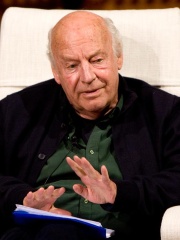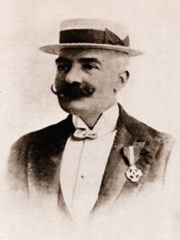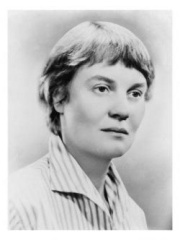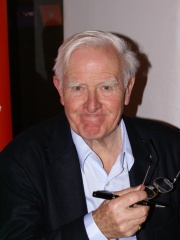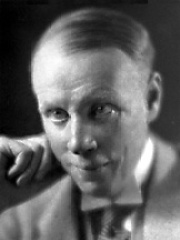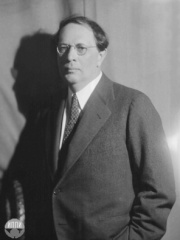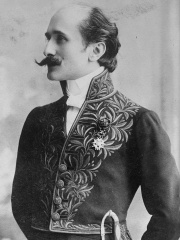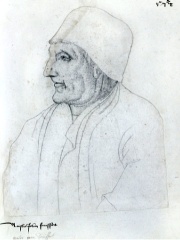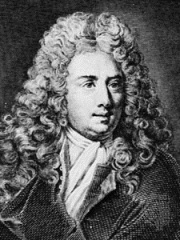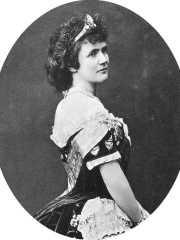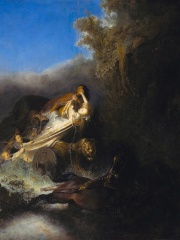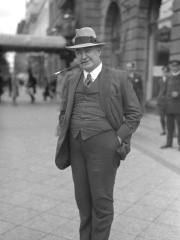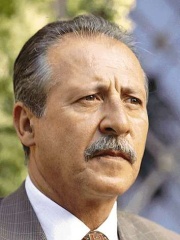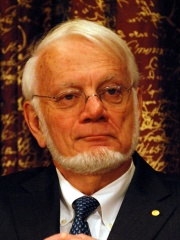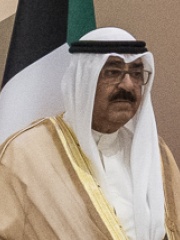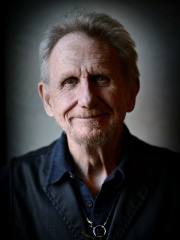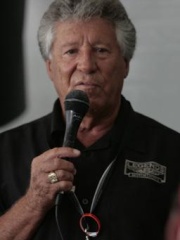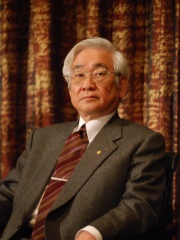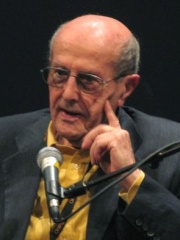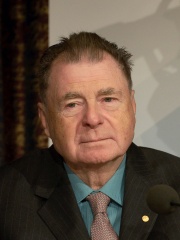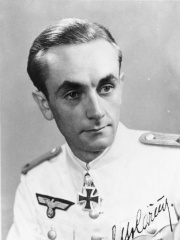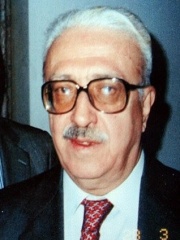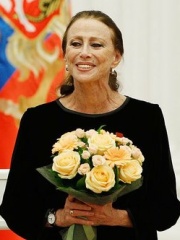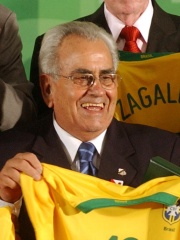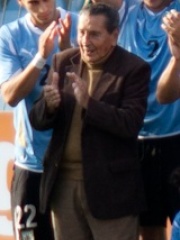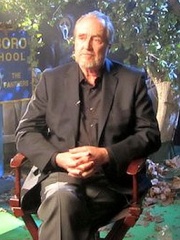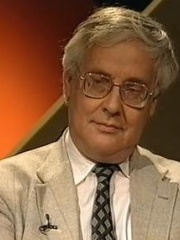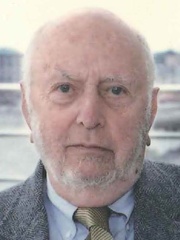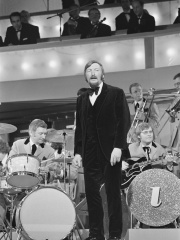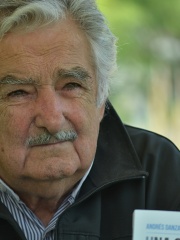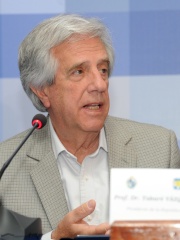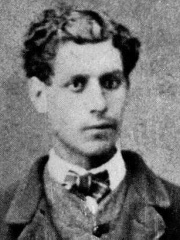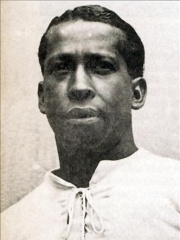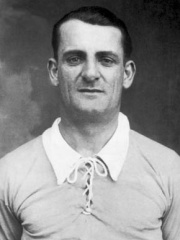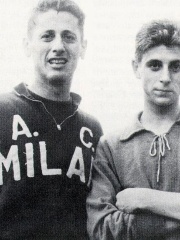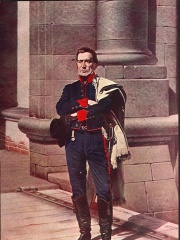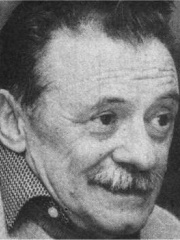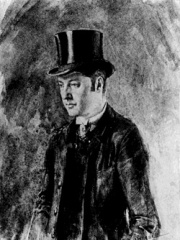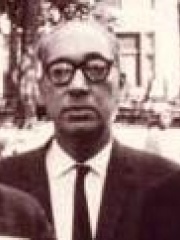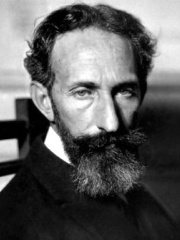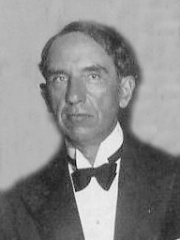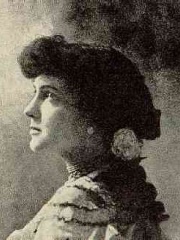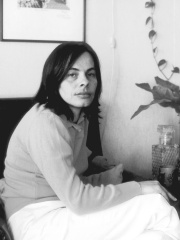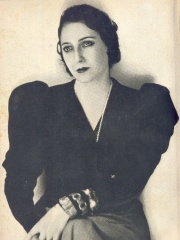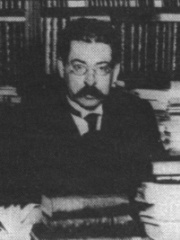WRITER
Eduardo Galeano
1940 - 2015
 Eduardo Galeano
Eduardo Galeano
Eduardo Germán María Hughes Galeano (Spanish: [eˈðwaɾðo ɣaleˈano]; 3 September 1940 – 13 April 2015) was a Uruguayan journalist, writer and novelist considered, among other things, "a literary giant of the Latin American left" and "global soccer's pre-eminent man of letters". Galeano's best-known works are Las venas abiertas de América Latina (Open Veins of Latin America, 1971) and Memoria del fuego (Memory of Fire, 1982–6). Read more on Wikipedia
His biography is available in 54 different languages on Wikipedia (down from 55 in 2024). Eduardo Galeano is the 744th most popular writer (down from 665th in 2024), the 6th most popular biography from Uruguay (down from 4th in 2019) and the 2nd most popular Uruguayan Writer.
Eduardo Galeano is most famous for his book "Memory of Fire" which is an epic history of Latin America.
Memorability Metrics
Page views of Eduardo Galeano by language
Among WRITERS
Among writers, Eduardo Galeano ranks 744 out of 7,302. Before him are Louise Hay, Emilio Salgari, Iris Murdoch, John le Carré, Sinclair Lewis, and Aleksey Nikolayevich Tolstoy. After him are Edmond Rostand, Jean Froissart, Antoine Galland, Elisabeth of Wied, Claudian, and Edgar Wallace.
Most Popular Writers in Wikipedia
Go to all RankingsLouise Hay
1926 - 2017
HPI: 70.28
Rank: 738
Emilio Salgari
1862 - 1911
HPI: 70.25
Rank: 739
Iris Murdoch
1919 - 1999
HPI: 70.25
Rank: 740
John le Carré
1931 - 2020
HPI: 70.24
Rank: 741
Sinclair Lewis
1885 - 1951
HPI: 70.21
Rank: 742
Aleksey Nikolayevich Tolstoy
1883 - 1945
HPI: 70.20
Rank: 743
Eduardo Galeano
1940 - 2015
HPI: 70.18
Rank: 744
Edmond Rostand
1868 - 1918
HPI: 70.18
Rank: 745
Jean Froissart
1337 - 1405
HPI: 70.18
Rank: 746
Antoine Galland
1646 - 1715
HPI: 70.17
Rank: 747
Elisabeth of Wied
1843 - 1916
HPI: 70.16
Rank: 748
Claudian
370 - 404
HPI: 70.15
Rank: 749
Edgar Wallace
1875 - 1932
HPI: 70.12
Rank: 750
Contemporaries
Among people born in 1940, Eduardo Galeano ranks 64. Before him are John Lewis, Paolo Borsellino, Nancy Pelosi, Thomas A. Steitz, Mishal Al-Ahmad Al-Jaber Al-Sabah, and Roberto Cavalli. After him are Astrud Gilberto, René Auberjonois, Mario Andretti, H. R. Giger, Fatema Mernissi, and Toshihide Maskawa. Among people deceased in 2015, Eduardo Galeano ranks 38. Before him are Manoel de Oliveira, Richard F. Heck, Otto Carius, Tariq Aziz, Maya Plisetskaya, and Zito. After him are Alcides Ghiggia, Wes Craven, Benedict Anderson, Douglass North, Fatema Mernissi, and James Last.
Others Born in 1940
Go to all RankingsJohn Lewis
POLITICIAN
1940 - 2020
HPI: 70.70
Rank: 58
Paolo Borsellino
JUDGE
1940 - 1992
HPI: 70.49
Rank: 59
Nancy Pelosi
POLITICIAN
1940 - Present
HPI: 70.39
Rank: 60
Thomas A. Steitz
CHEMIST
1940 - 2018
HPI: 70.39
Rank: 61
Mishal Al-Ahmad Al-Jaber Al-Sabah
POLITICIAN
1940 - Present
HPI: 70.38
Rank: 62
Roberto Cavalli
FASHION DESIGNER
1940 - 2024
HPI: 70.27
Rank: 63
Eduardo Galeano
WRITER
1940 - 2015
HPI: 70.18
Rank: 64
Astrud Gilberto
SINGER
1940 - 2023
HPI: 70.16
Rank: 65
René Auberjonois
ACTOR
1940 - 2019
HPI: 69.84
Rank: 66
Mario Andretti
RACING DRIVER
1940 - Present
HPI: 69.82
Rank: 67
H. R. Giger
PAINTER
1940 - 2014
HPI: 69.74
Rank: 68
Fatema Mernissi
WRITER
1940 - 2015
HPI: 69.53
Rank: 69
Toshihide Maskawa
PHYSICIST
1940 - 2021
HPI: 69.39
Rank: 70
Others Deceased in 2015
Go to all RankingsManoel de Oliveira
FILM DIRECTOR
1908 - 2015
HPI: 71.28
Rank: 32
Richard F. Heck
CHEMIST
1931 - 2015
HPI: 70.88
Rank: 33
Otto Carius
MILITARY PERSONNEL
1922 - 2015
HPI: 70.60
Rank: 34
Tariq Aziz
POLITICIAN
1936 - 2015
HPI: 70.60
Rank: 35
Maya Plisetskaya
DANCER
1925 - 2015
HPI: 70.39
Rank: 36
Zito
SOCCER PLAYER
1932 - 2015
HPI: 70.31
Rank: 37
Eduardo Galeano
WRITER
1940 - 2015
HPI: 70.18
Rank: 38
Alcides Ghiggia
SOCCER PLAYER
1926 - 2015
HPI: 70.14
Rank: 39
Wes Craven
FILM DIRECTOR
1939 - 2015
HPI: 70.06
Rank: 40
Benedict Anderson
POLITICAL SCIENTIST
1936 - 2015
HPI: 69.90
Rank: 41
Douglass North
ECONOMIST
1920 - 2015
HPI: 69.84
Rank: 42
Fatema Mernissi
WRITER
1940 - 2015
HPI: 69.53
Rank: 43
James Last
MUSICIAN
1929 - 2015
HPI: 69.50
Rank: 44
In Uruguay
Among people born in Uruguay, Eduardo Galeano ranks 6 out of 444. Before him are José Mujica (1935), Tabaré Vázquez (1940), Comte de Lautréamont (1846), José Leandro Andrade (1901), and Luis Suárez (1987). After him are Alcides Ghiggia (1926), José Nasazzi (1901), Juan Alberto Schiaffino (1925), Héctor Scarone (1898), Óscar Tabárez (1947), and José Gervasio Artigas (1764).
Others born in Uruguay
Go to all RankingsJosé Mujica
POLITICIAN
1935 - 2025
HPI: 82.11
Rank: 1
Tabaré Vázquez
POLITICIAN
1940 - 2020
HPI: 74.39
Rank: 2
Comte de Lautréamont
WRITER
1846 - 1870
HPI: 73.06
Rank: 3
José Leandro Andrade
SOCCER PLAYER
1901 - 1957
HPI: 71.48
Rank: 4
Luis Suárez
SOCCER PLAYER
1987 - Present
HPI: 70.83
Rank: 5
Eduardo Galeano
WRITER
1940 - 2015
HPI: 70.18
Rank: 6
Alcides Ghiggia
SOCCER PLAYER
1926 - 2015
HPI: 70.14
Rank: 7
José Nasazzi
SOCCER PLAYER
1901 - 1968
HPI: 70.06
Rank: 8
Juan Alberto Schiaffino
SOCCER PLAYER
1925 - 2002
HPI: 69.24
Rank: 9
Héctor Scarone
SOCCER PLAYER
1898 - 1967
HPI: 69.23
Rank: 10
Óscar Tabárez
COACH
1947 - Present
HPI: 68.09
Rank: 11
José Gervasio Artigas
POLITICIAN
1764 - 1850
HPI: 68.01
Rank: 12
Among WRITERS In Uruguay
Among writers born in Uruguay, Eduardo Galeano ranks 2. Before him are Comte de Lautréamont (1846). After him are Mario Benedetti (1920), Jules Laforgue (1860), Juan Carlos Onetti (1909), Horacio Quiroga (1878), Jules Supervielle (1884), Delmira Agustini (1886), Cristina Peri Rossi (1941), Juana de Ibarbourou (1892), José Enrique Rodó (1871), and Ida Vitale (1923).
Comte de Lautréamont
1846 - 1870
HPI: 73.06
Rank: 1
Eduardo Galeano
1940 - 2015
HPI: 70.18
Rank: 2
Mario Benedetti
1920 - 2009
HPI: 65.25
Rank: 3
Jules Laforgue
1860 - 1887
HPI: 65.16
Rank: 4
Juan Carlos Onetti
1909 - 1994
HPI: 63.98
Rank: 5
Horacio Quiroga
1878 - 1937
HPI: 62.43
Rank: 6
Jules Supervielle
1884 - 1960
HPI: 61.89
Rank: 7
Delmira Agustini
1886 - 1914
HPI: 61.81
Rank: 8
Cristina Peri Rossi
1941 - Present
HPI: 60.33
Rank: 9
Juana de Ibarbourou
1892 - 1979
HPI: 59.77
Rank: 10
José Enrique Rodó
1871 - 1917
HPI: 58.77
Rank: 11
Ida Vitale
1923 - Present
HPI: 58.73
Rank: 12
